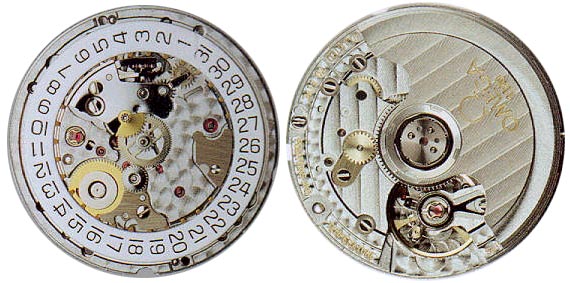| Informational Websites | ChronoMaddox -- the legacy of Chuck Maddox | OnTheDash -- vintage Heuer website | Zowie -- Omega information |
| Discussion Forums | ChronoMaddox Forum | Heuer Forum | Omega Forum |
| Counterfeit Watchers | ChronoTools Forum | ChronoTrader Forum |
|
|
The largest independent, non-commercial, consumer-oriented resource on the Internet for owners, collectors and enthusiasts of fine wristwatches. Online since 1998. | |||||||
|
||||||||
|
||||||||

Feel free to discuss pricing and specific dealers. But 'for sale' postings, commercial solicitation and ads are not allowed. Full archive of all messages is accessible through options in the Search and Preferences features. Privacy, policies and administrivia are covered in the Terms of Use.
| For the answer to the NUMBER #1 most frequently asked question here--for details or value of a specific older Omega watch you have--go to: Tell Me About My Omega. | Learn more about How To Include Photos and HTML In Your Postings. | To contact someone with a question not relevant to other readers of the forum, please click on their email address and contact them privately. |
Textured patterns in the finish of internal watch parts have long been a distinctive feature or trademark of different watchmakers. Instead of leaving flat metal surfaces inside the watch just plain and dull looking, they etch interesting patterns into them to enhance the look.
When marketing watches they are mentioned to differentiate brands--especially those using similar movements--but it does not really mean anything useful to the owner.
The 'geneva waves' and 'cotes des armes' are two other patterns you'll tend to see mentioned. In the picture below of the Omega 1120 movement, you can see the 'circular graining' pattern on some of the flat areas (especially near the balance wheel). Also a ridged pattern etched into the winding rotor and some othe rparts is the 'geneva waves.' That's all these fancily named attributes really refer to.

| Chronocentric and zOwie site design and contents (c) Copyright 1998-2005, Derek Ziglar; Copyright 2005-2008, Jeffrey M. Stein. All rights reserved. Use of this web site constitutes acceptance of the terms of use. | CONTACT | TERMS OF USE | TRANSLATE |